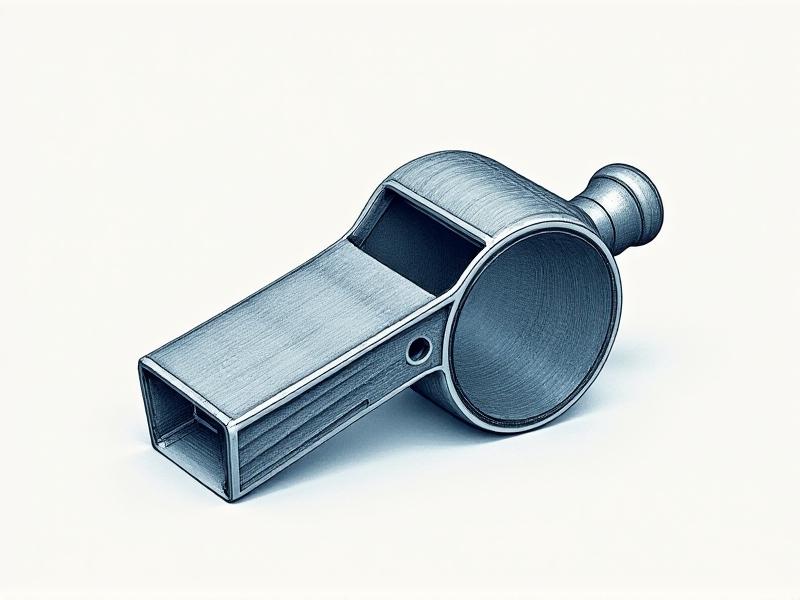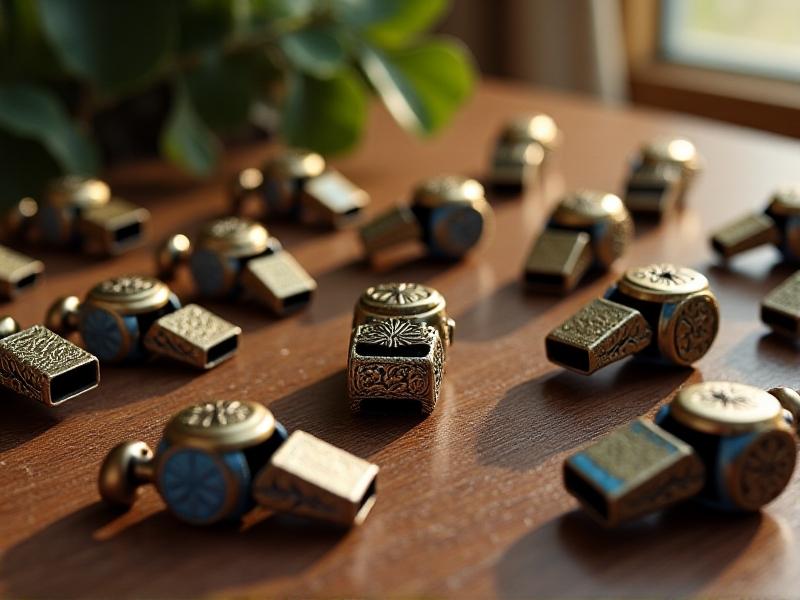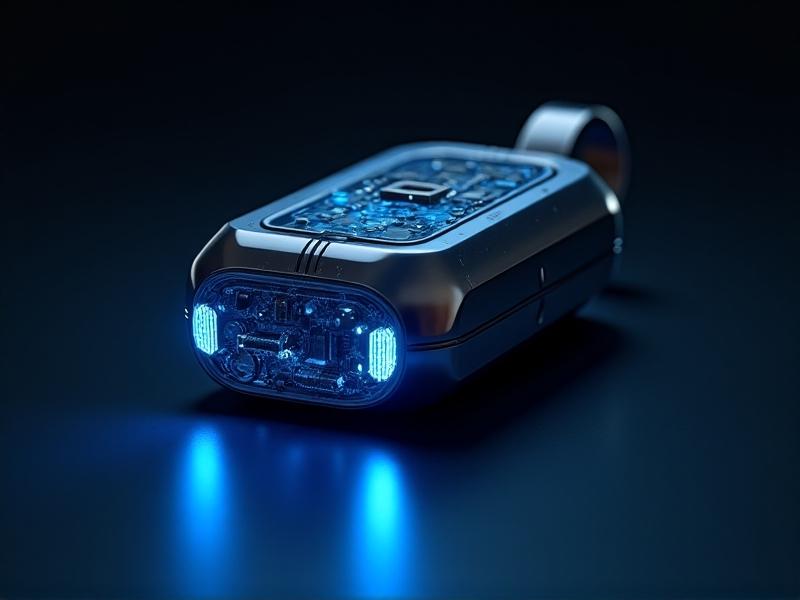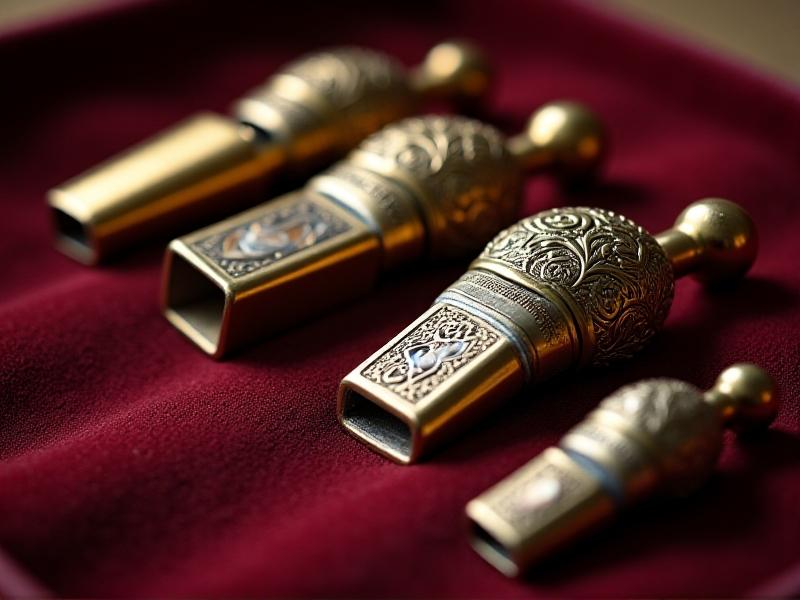Harmonic Tuning: Achieving Precision in Whistle Acoustics
The Science of Whistle Acoustics
Whistle acoustics is a fascinating field that blends physics, engineering, and artistry. At its core, a whistle produces sound through the vibration of air, creating distinct tones that can be fine-tuned for precision. The pitch, volume, and clarity of a whistle are determined by factors such as the shape of the whistle, the material it’s made from, and the airflow generated by the user. Understanding these principles is essential for achieving harmonic tuning, where every note resonates with perfect clarity.
One of the key elements in whistle acoustics is the Helmholtz resonator principle. This concept explains how air oscillates within a cavity, producing sound waves. By manipulating the size and shape of the cavity, designers can control the frequency of the sound. Additionally, the Bernoulli effect plays a role in how airspeed influences pitch. Faster airflow results in higher frequencies, while slower airflow produces lower tones.
Materials also play a crucial role in whistle acoustics. Metals like brass and aluminum are commonly used for their durability and resonance, while plastics offer lightweight and cost-effective alternatives. Each material has unique acoustic properties that affect the sound produced. For instance, brass whistles tend to have a brighter, more piercing tone, while plastic whistles may produce softer, mellower sounds.

The Art of Harmonic Tuning
Harmonic tuning is the process of refining a whistle’s design to achieve precise and consistent tones. This involves careful calibration of the whistle’s dimensions, airflow, and material properties. The goal is to eliminate unwanted harmonics and ensure that each note is pure and resonant. This level of precision is especially important in musical contexts, where even slight deviations can disrupt harmony.
One technique used in harmonic tuning is frequency analysis. By recording and analyzing the sound produced by a whistle, designers can identify and address imperfections. Advanced software tools allow for real-time adjustments, making it easier to achieve the desired acoustic profile. Another approach is iterative prototyping, where multiple versions of a whistle are tested and refined until the optimal design is achieved.
The human element also plays a significant role in harmonic tuning. Skilled craftsmen often rely on their ears and intuition to make subtle adjustments that machines might miss. This blend of science and artistry is what sets finely tuned whistles apart from mass-produced alternatives. The result is an instrument that not only sounds beautiful but also feels responsive and intuitive to play.

Applications of Precision Whistles
Precision whistles have a wide range of applications, from music to sports and safety. In the world of music, whistles are used in genres like folk, classical, and even contemporary pop. Their ability to produce clear, distinct tones makes them a versatile instrument for both solo performances and ensemble pieces. Musicians often seek out custom-tuned whistles to match their unique playing style and preferences.
In sports, whistles are an essential tool for referees and coaches. A well-tuned whistle can cut through the noise of a crowded stadium, ensuring that signals are heard clearly. Safety applications also benefit from precision whistles, particularly in emergency situations. A dependable whistle can be a life-saving tool whether used by first responders, hikers, or lifeguards.
Beyond these practical uses, precision whistles also hold cultural significance. In many traditions, whistles are used in ceremonies, rituals, and storytelling. The ability to produce specific tones and melodies allows for a rich expression of cultural identity. As such, the art of harmonic tuning is not just about technical precision but also about preserving and celebrating heritage.

Innovations in Whistle Design
Recent advancements in technology have opened up new possibilities in whistle design. 3D printing, for example, allows for rapid prototyping and customization. Designers can play with intricate shapes and internal structures once unattainable using conventional manufacturing techniques. This has led to the creation of whistles with enhanced acoustic properties and ergonomic features.
Another innovation is the integration of electronic components. Electronic whistles can produce a wider range of sounds and even simulate different instruments. Some models include built-in amplifiers or Bluetooth connectivity, making them ideal for modern musicians and performers. These hybrid designs bridge the gap between traditional craftsmanship and cutting-edge technology.
Sustainability is also becoming a focus in whistle design. Eco-friendly materials like biodegradable plastics and reclaimed metals are being used to create whistles that are both high-quality and environmentally responsible. This shift reflects a growing awareness of the impact that manufacturing processes have on the planet.
The Future of Whistle Acoustics
As the field of whistle acoustics continues to evolve, the possibilities for innovation are endless. Researchers are exploring new materials and technologies that could further enhance the precision and versatility of whistles. For example, nanotechnology could be used to create ultra-lightweight materials with exceptional acoustic properties. Similarly, artificial intelligence could revolutionize the tuning process, making it faster and more accurate.
Another exciting development is the potential for smart whistles. These devices could include sensors and software that provide real-time feedback on pitch, volume, and airflow. This would be especially beneficial for athletes and musicians since it would let them improve their technique and reach best performance. Additionally, smart whistles could be integrated with other devices, creating a seamless user experience.
The future of whistle acoustics is not just about technology but also about collaboration. By bringing together experts from different fields—such as physics, engineering, music, and design—we can push the boundaries of what’s possible. This interdisciplinary approach will ensure that whistles continue to evolve as both functional tools and artistic instruments.








